The character of Igor is as much as mish-mash as one of Frankenstein’s own creatures, says RICHARD MARKWORTH, author of newly-released Igor and the Twisted Tales of Castlemaine
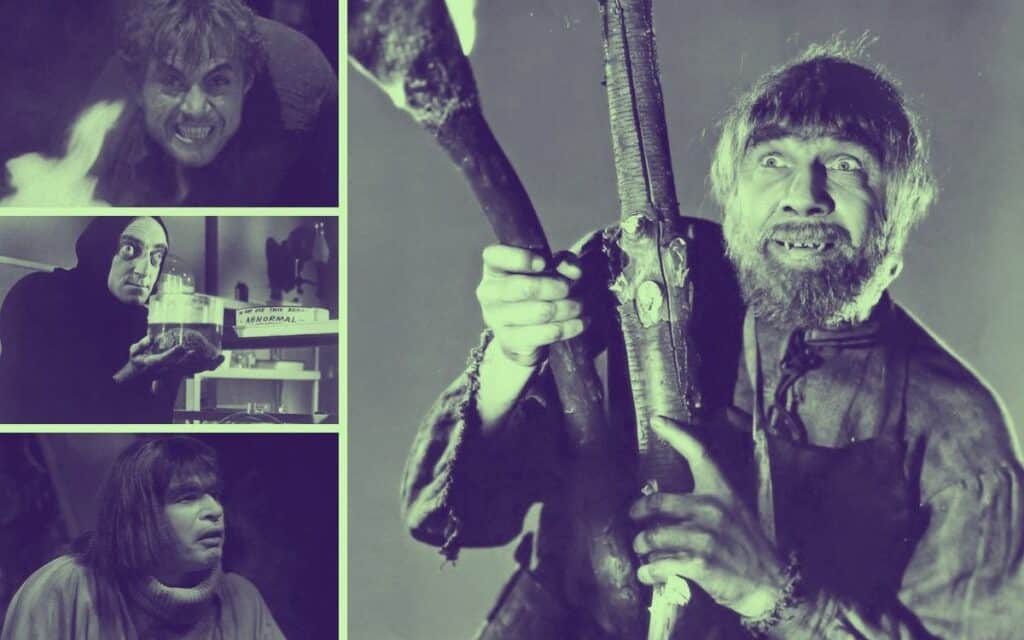
Everyone knows Igor. He’s the hunchbacked, bug-eyed, and ever-obsequious laboratory assistant to Frankenstein, right? Wrong.
There was in fact no Igor in the original novel by Mary Shelley. Nor did he appear in Universal Studio’s Frankenstein (1931), James Whale’s masterpiece which set the template for the multitude of Frankenstein films to follow and firmly entrenched Boris Karloff’s iteration of the monster in the public consciousness.
So, from where was this stock character and horror movie mainstay derived? Ironically, considering he is widely associated with corpse-stitcher Victor Frankenstein, Igor is something of a patchwork man himself, whose origins lie predominantly in two characters from the Universal canon.
The 1931 Frankenstein introduced the deformed lab assistant into the mythos in the crooked shape of Fritz, brilliantly played by a demented Dwight Frye.
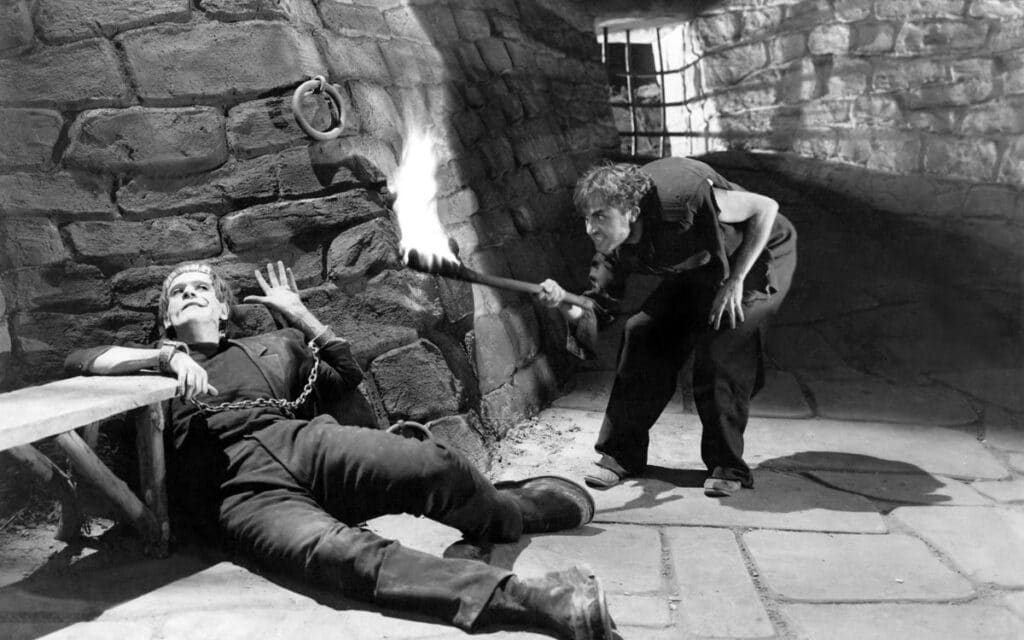
Frye portrays the hunchbacked Fritz as a downtrodden lackey to Frankenstein (Colin Clive) who, once he encounters a creature seemingly more pathetic than he is, becomes a sadistic step-sibling to Karloff’s monster. Fritz whips the unfortunate creature and capitalises on his fear of fire by taunting him with a flaming torch. In one scene, Frankenstein implores him to “leave it alone” in the strained manner of a frustrated parent, exhausted at the antics of squabbling children.
Frye masterfully provides a physical representation of the cruel world the monster has found itself “born” into. With his physical deformity and the manic timbre of his voice, Fritz is firmly an Igor archetype.
The second contributor to our perception of Igor is Bela Lugosi with his marvellous rendition of Ygor, in Universal’s Son of Frankenstein (1939) and its sequel The Ghost of Frankenstein (1942). His name is virtually identical to that of the stock character, but Ygor is no toadying lab assistant.
Instead, he is a shepherd, his neck broken in a failed attempt at execution by hanging, who uses the monster as a murderous tool in his quest for revenge against the jurors who helped convict him. Later, he even plots to have his brain transplanted into the monster itself. Frankenstein’s sons Wolf (Basil Rathbone) in SOF and Ludwig (Cedric Hardwicke) in TGOF are far from being Ygor’s masters, rather it is he that manipulates them into doing his bidding.
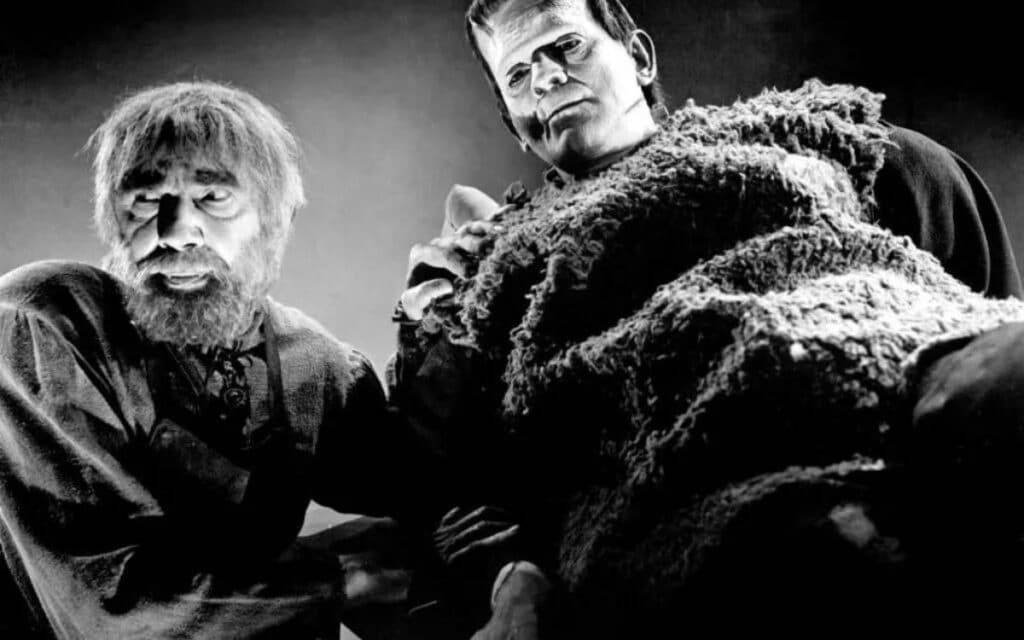
Lugosi’s Ygor would not reappear in the Universal series following TGOF although he did play the monster himself in the next film, Frankenstein Meets the Wolfman (1943). However, all references to Ygor’s brain being housed in the creature’s skull were completely removed.
Igor down the ages
This did not mean the end for anatomically challenged lab assistants in the Universal films. J. Carroll Naish played Daniel, assistant to Boris Karloff’s Dr Niemann, in House of Frankenstein (1944), and, in a twist on the formula, Jane Adams appeared as Nina, a hunchbacked nurse in the follow-up House of Dracula (1945).
However, it appears Fritz and Ygor have become melded together in the minds of filmmakers and public alike and no self-respecting mad scientist of the movies can be seen without an assistant bearing something of their familiar traits. “Igor” has become a generic term for these characters who, usually replete with a physical impediment, have continued to appear in horror films down the decades.
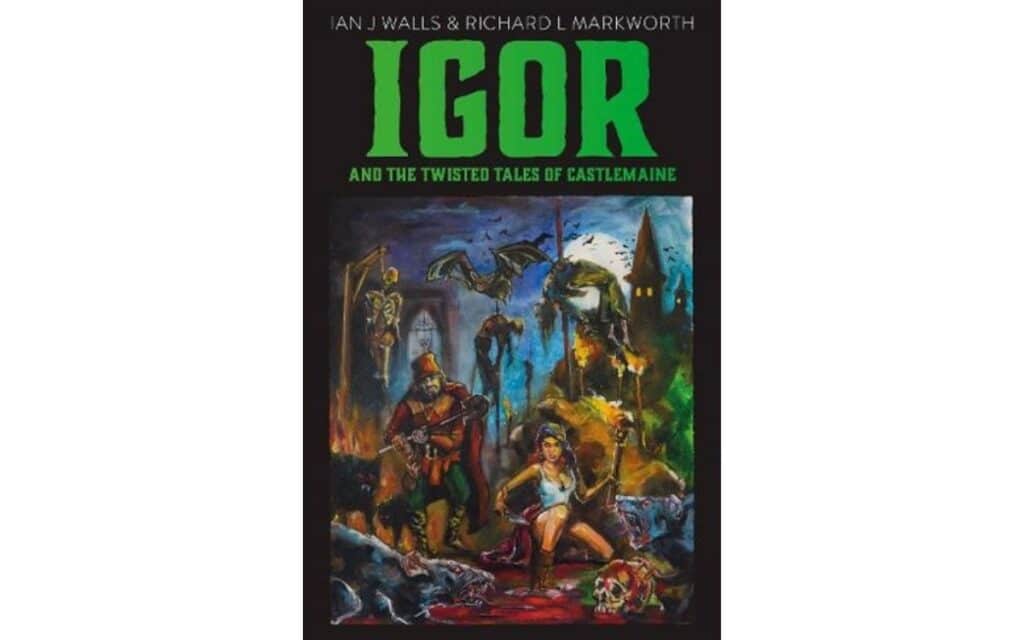
Amazingly, despite never existing as an original character, Igor has become a pop-culture staple. “Igors” have appeared in film and TV productions as diverse as The Rocky Horror Picture Show (1975), Doctor Who (1976) and Tim Burton’s The Nightmare Before Christmas (1993).
It is not just filmed productions that feature Igor. He is name-checked in Bobby “Boris” Pickett’s 1962 single Monster Mash and the much-missed Terry Pratchett featured a whole clan of lisping “Igors” in his Discworld series of books.
The Igor figure is, of course, wonderfully rich in comic potential and lends itself perfectly to parody. Marty Feldman (who’s character pronounces his name “Eye-gore”) is a fantastic example in Mel Brooks’ affectionate spoof Young Frankenstein (1974).
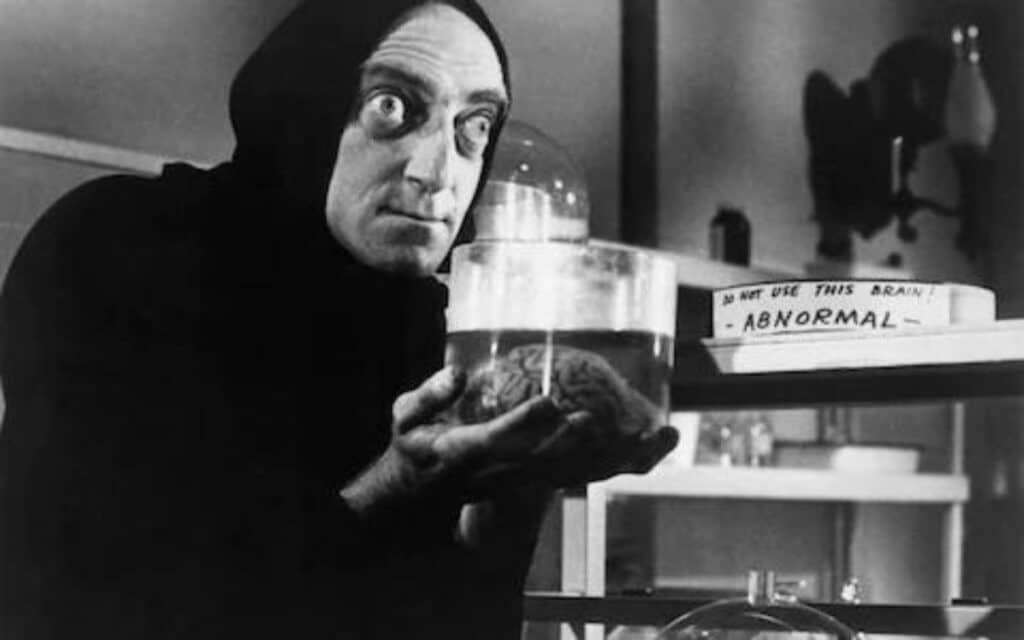
Igor and the Twisted Tales of Castlemaine
Igor’s fully cemented place in the consciousness of filmgoers, his ubiquitous presence as a horror movie trope and his comedic possibilities made him an ideal protagonist for my good friend Ian J Walls and I when we were first planning our debut comedy-horror novel.
We mused over what made Igor tick, how did he arrive in the employ of Frankenstein in the first place and what would he become if he were to break away from servitude to his ungrateful boss and seek a life of his own? Enthused by the subject, our novel Igor and the Twisted Tales of Castlemaine was born, or rather, heaved itself from our laboratory bench. We hope we have done him justice.
If you too enjoy a visit to a subterranean laboratory, lit by flickering torchlight and frequented by scientists of dubious sanity and their perennial malformed accomplices, I list below some of my favourite screen “Igors” for your viewing pleasure:
- Fritz (Dwight Frye) from Frankenstein (1931): An unhinged sadist who pays the price for his cruelty once the monster slips his chains.
- Ygor (Bela Lugosi) from Son of Frankenstein (1939) and The Ghost of Frankenstein (1942): An Igor in name only but two hugely enjoyable performances by Lugosi at his sinister best.
- Igor/Eye-gore (Marty Feldman) from Young Frankenstein (1974): Hilarious parody of the classic assistant complete with a moving hump.
- Condo (Colin Fay) from The Brain of Morbius (1976): A 1970s Tom Baker era Doctor Who story featuring a brutish, “Igor” who labours for Doctor Solon (Phillip Madoc), under the belief the scientist will reward his loyalty by replacing his missing arm. He is, of course, mistaken.
Now read Richard Markworth’s 10 Favourite Frankenstein Films



